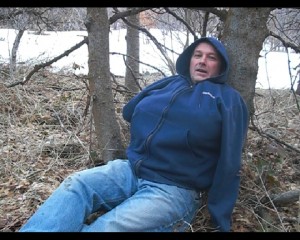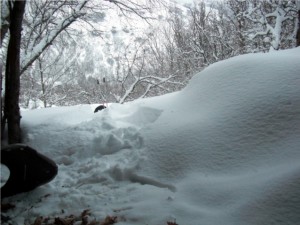How we view time may save our lives – Peacock
HISTORY
When I think of times past I am most recently reminded of my grandfathers life. His was one of great change, being born in the 1890’s life was dramatically different by the time of his death in the 1980’s. His father owned some small department stores in several outlying towns of the old West. Grandpa at an early age drove a wagon and team of horses to the city to get goods for the stores. It was a short distance in todays travel, but it took him 2 weeks to do the round trip. He had many survival experiences. Today we could do the same thing a couple times in one day.
I think of the polar explorers whose expeditions were measured in years. Marco Polo’s China trip was 24 years. Shackleton’s survival experience on the Antarctic ice was 1 1/2 years. Lewis and Clark’s trek across the early U.S. was 2 1/2 years.
THE PARADIGM
Why do I use the word Paradigm? A paradigm (pronounced para dime) is a frame of reference, it is how we view things, our perspective. It is something we can change at will.
In todays world we see things changing fast and even become worried if they don’t. Change in our time is so frequent and so common that if something is static, we look upon it as dead.
Now here’s where the paradigm comes in. The world is still the world, in other words nature is still nature. If we leave the modern world, venturing into the vast open wilderness, time somehow changes. Not time itself, it still ticks on as always. What changes are our perceptions. Things slow way down. We are not jet setting from place to place. Doing simple tasks takes longer. If the weather is cold things take even more time to accomplish.
How does this affect survival?
Well we are still in the same predicament regardless of our frame of reference of time, but if we do not shift our paradigm we may hasten our demise. How so? Early explorers in the Arctic regions thought of the Eskimo peoples as lazy, but eventually discovered there was a purpose in the slowness. They saved precious energy, they did not make hasty decisions, and it was simply not practicable to try to do things quickly under the extreme cold conditions.
Over the last 30 plus years I have collected and read countless stories of everyday people out in the sticks, something fouls up, and they go nuts because they have to be home by 7:00. So many in their haste have made horrible mistakes costing life and limb. To be ruled by the clock in such conditions can be tragic.
HOW TO DO IT
While it is recommended that trip plans be made known to loved ones. It should also be communicated that if problems should arise, safety will rule over the clock in dictating the return.
When you are out and your equipment breaks down, make an immediate paradigm shift, you are now viewing time in days, weeks and months, rather than the usual seconds, minutes and hours.
To help make this possible do the following. Obtain survival training, by book, video or real life. Practice what you have learned all the time and with your loved ones and friends around. This does 2 things, 1) it makes you better at it and 2) it lets your family and friends know that you are capable of dealing with tough situations. This provides relief to you and to others, creating an easy transition when you need to shift your perception of time to survive.
Until next time, Simplifying Survival – Perry Peacock




 If you have read as many survival stories as I have, if you follow rescues in the paper, there are plenty of people who get out on snow machines, ATV’s, bikes or hiking and either try to go too far or run into some difficulty. Then it’s decision time, “do I still try to get home or do I button up and spend the night?”
If you have read as many survival stories as I have, if you follow rescues in the paper, there are plenty of people who get out on snow machines, ATV’s, bikes or hiking and either try to go too far or run into some difficulty. Then it’s decision time, “do I still try to get home or do I button up and spend the night?”

